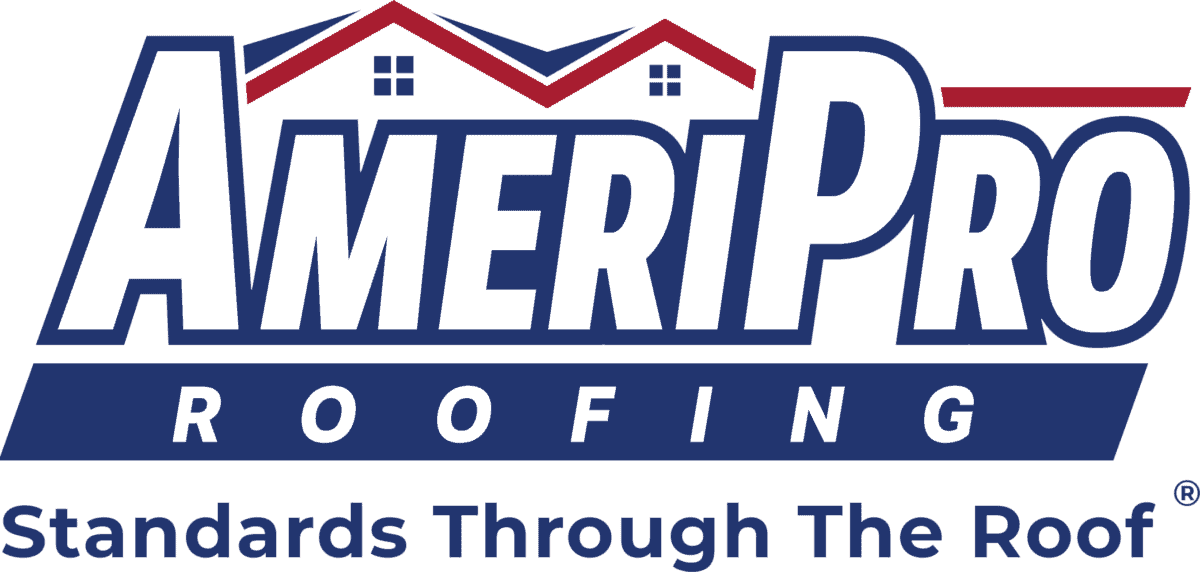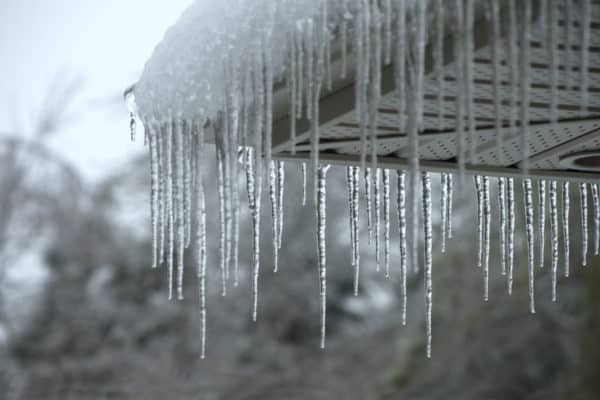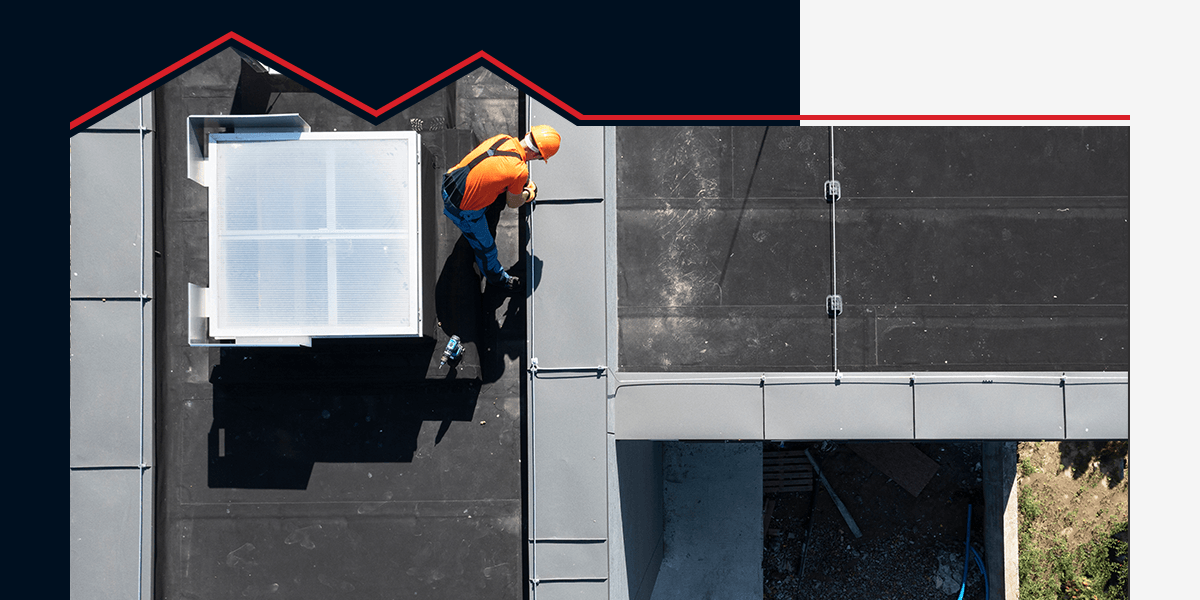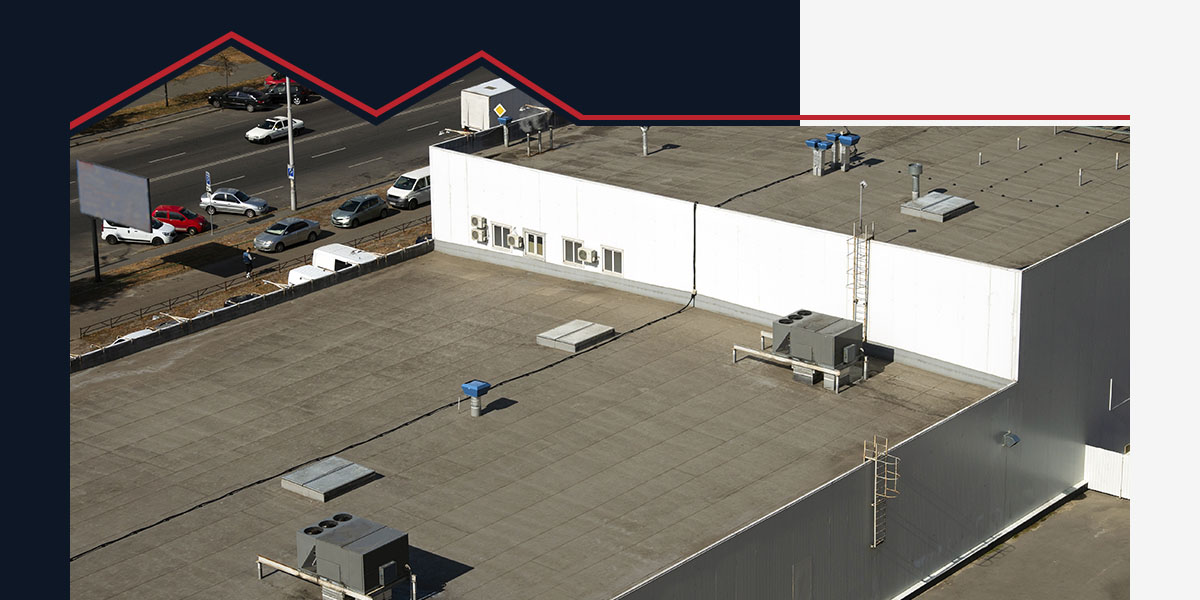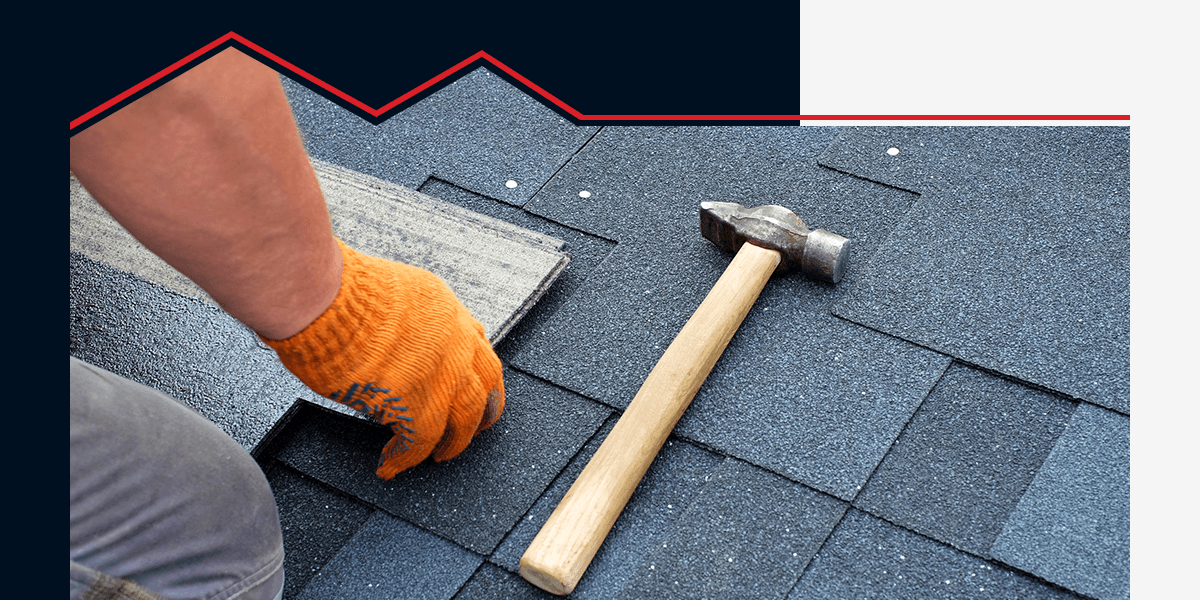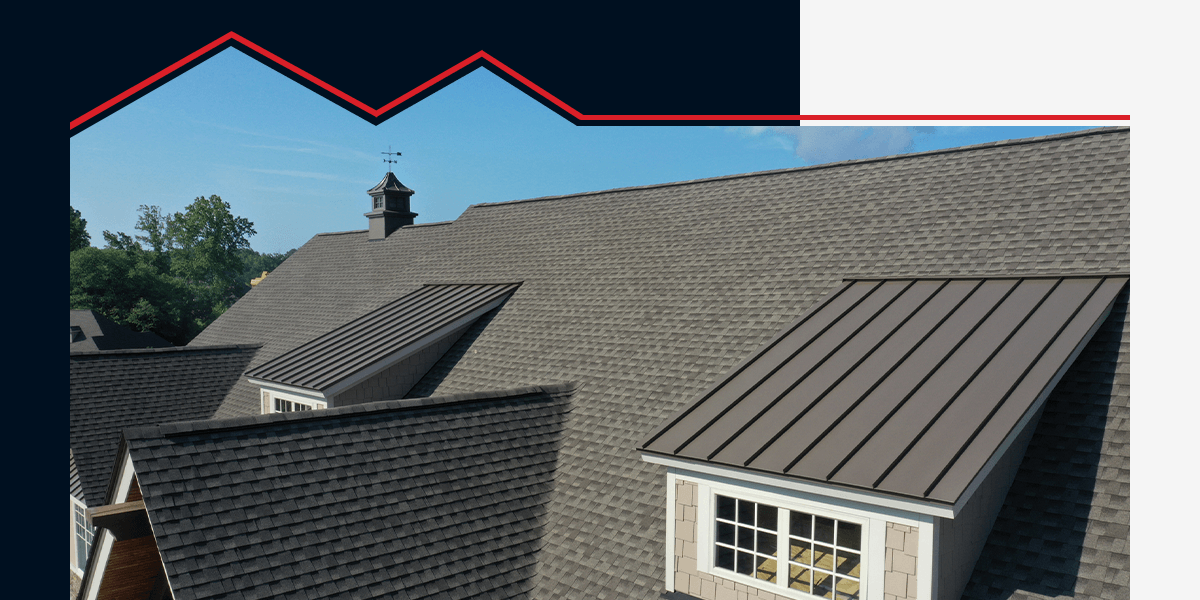Winter means cold weather, and cold weather means icy roofs. What’s the smartest way to prevent this perennial problem for homeowners? Getting a complete roof inspection, of course. The experienced team at AmeriPro Roofing inspects roofs and gutters for free and can repair any damage that might lead to ice-laden roofs. They can also make sure ice dams won’t be a problem when cold weather comes to town.
Harsh wintertime elements can do plenty of damage. That’s why it pays to know how to de-ice your roof. Here’s the basic information that every homeowner should know about de-icing a roof:
What to Avoid When De-Icing Your Roof
- Don’t use a hammer or shovel to break off large chunks of ice, from the ground or while standing on a ladder.
- Don’t assume that roof de-icing is a do-it-yourself project. You’ll likely need professional help after you take care of the basics.
- Don’t ever climb onto a roof to do de-icing or snow removal. This is one of the most dangerous things a homeowner can do.
- Don’t use chemicals that will damage your roof (see the item below, under “Apply appropriate chemicals”)
- Don’t ignore ice and snow buildup. Doing so can cause major damage to a roof. Prevention is the key when it comes to excess ice and snow on roofs.
- Don’t begin any de-icing activity without first doing a quick walk-around roof inspection and assessing the general condition of your roof.
Depending on the state of your roof’s ice problem, consider doing the following:
Use a Snow Rake
“Snow rake” is just a fancy term for a specialized shovel designed to remove snow from a roof. They come in many different sizes, styles and shapes, so shop for a mid-priced one that is light enough for you to work with. Whenever it snows, you can use the rake to take excess buildup from problem areas like downspouts, gutters and all around the edges of a roof.
Even though it’s called a snow rake, it can also be used to remove crusted, but usually not solidified, ice masses. Before going to work with the snow rake (and it is work), eyeball the roof to identify where the large ice formations are. Always rake in a downward direction and remove as much snow and ice as possible. This is a good way to stop ice dams before they get too large.
Remember to stand on a solid, non-slippery area of the ground whenever using a snow rake. Never stand on a ladder or on the roof when raking. It’s not worth risking a fall from a roof or ladder just to remove ice and snow. That’s not to mention the fact that standing on a roof can cause damaged shingles and lead to additional problems. So, stay on the ground when using the snow rake.
While you can take care of roof de-icing basics without putting yourself in harm’s way, it’s recommended that you leave “complete” roof de-icing to the professionals, such as AmeriPro Roofing.
Carefully Use an Ice Pick
The “old-fashioned” way of de-icing is to use an ice pick. This is hard work and should be undertaken with extreme caution. You’ll need to stand on a ladder for most picking jobs. Always place your ladder against a solid wall and have someone nearby to make sure the feet of the ladder stay put. Using a ladder to access problem areas is an effective way of combating ice dams.
With a gloved hand, and while wearing safety goggles, reach into the interior of downspouts and gutters where ice has built up. Use a moderate amount of force when picking the ice. Be patient. Eventually some of the chunks will split, crack and fall away. Always use caution when picking, making certain not to use too much force. Ice picks are powerful tools with the ability to harm roofs if used incorrectly.
Apply Appropriate Chemicals
Take a trip to the hardware store and purchase products for “ice melting.” There are many kinds and a wide variety of prices. Avoid the cheap stuff and stay away from anything that contains calcium chloride or sodium chloride. Those two substances can lead to corrosion, which means you’ll get temporary relief from ice but long-term damage to your roof.
Consider products that do not contain corrosives. Look for crystals, powders or pellets that contain calcium magnesium acetate, ammonium sulfate and combinations of these two chemicals. They work, are not expensive, and most importantly will not cause roof damage. Always make sure to place ice-melting chemicals evenly on problem areas. The “rocky” kinds of chemicals tend to work the fastest, the powdery ones the slowest. If you have a problem with blocks of thick ice, consider purchasing a liquid chemical de-icing product. It helps to know that chemical de-icers of all kinds are only effective in mild to moderately cold weather and are primarily intended for use in small areas.
Call an Expert After You’ve Taken Care of the Preliminaries
AmeriPro Roofing’s professional roof inspection and repair team has the experience and specialized skills to identify any kind of roof problem that might happen during the year’s coldest months. That includes ice dams, excess roof ice and leaky roofs.
Spray With Warm Water
For minor ice buildup, take a large spray bottle full of warm water and apply it directly to icy areas on the roof. Done carefully (take precautions not to burn yourself), direct application of warm or hot water can be a quick and easy way to knock out ice in target areas.
Roof ice can lead to serious damage, whatever its cause. Why let cold weather and ice threaten the safety of your home? The experts at AmeriPro Roofing are always just a phone call away to help you with ice on your roof.
A free gutter and roof inspection is the wise way to combat nature’s most powerful, and damaging, elements. Call (800) 200-8151 today for a free roof inspection. Don’t let roof ice win the battle, contact us today for an ice roof repair.


